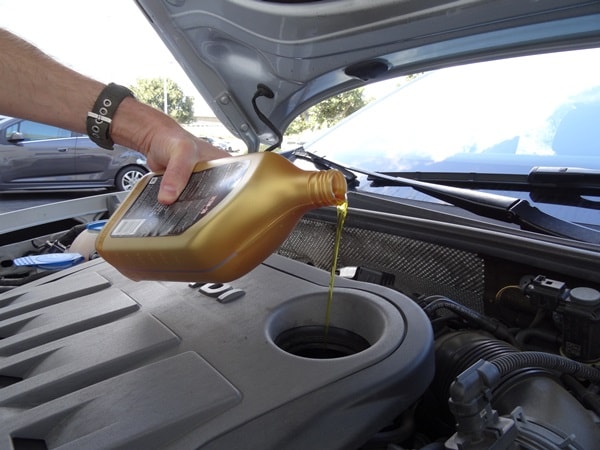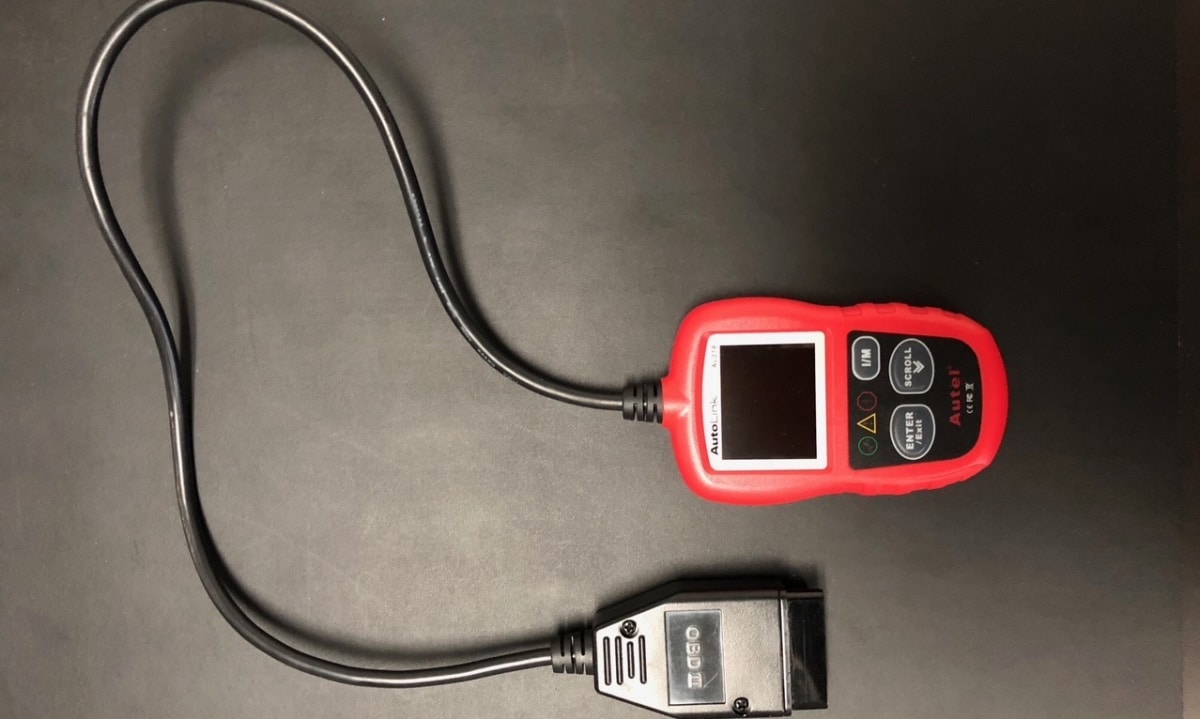It’s axiomatic that one of the prime keys to long life for an automobile is regular maintenance. But taking your car to a professional can be expensive–$100 per hour is common–which has inspired many owners to become home mechanics, some to merely save money, others because they enjoy working on machinery with hand tools.
It’s a tradition that goes back a long way.
By 1913, the Ford Model T was well on its way to carrying America–in fact, the entire world–into the automotive age. Automobiles were simple machines and carmakers knew that many owners conducted their own maintenance and repairs. Bobby North, Grant Clark, Edgar Leslie, and Maurice Abrahams conspired on a 1911 song that articulated this expectation: “He’d have to get under, get out and get under, to fix up his automobile.” Not a very snappy title, but it inspired a 1920 movie devoted to the same general idea: “Get Out and Get Under,” starring Harold Lloyd and Mildred Davis.
Mechanical self-reliance was common in those early days. Cars were primitive, and generally speaking everything in them was readily accessible. Even a moderately handy guy could tackle a bottom end job on his engine, or replace a clutch, or adjust the brakes.
Although cars became more sophisticated as the decades rolled into the 1950s and beyond, it was still possible for an owner to perform a good many minor chores. Cleaning or installing new ignition points, for example. Adjusting valve lash and ignition timing. Servicing the carburetor. Chassis lube.
For many years one of the regular features in Popular Mechanics magazine was “The Shade Tree Mechanic,” a column for DIY wrench-wielders.
Clean Air
Two things changed that. Number one was the Clean Air Act of 1970. Tough and escalating standards for tailpipe emissions and rising EPA fuel economy standards led to the universal adoption of fuel injection and electronic ignition systems, to optimize exhaust for catalytic converters, putting an end to carburetors and distributors.
Number two was the adoption and development of the computer chip in automotive applications, a phenomenon that began in the 1980s. Today every function in a new car is computer-controlled, and the chips track and record every function in the vehicle’s OBD (On Board Diagnostics) system.
And during this transition automobiles became increasingly difficult for shade tree mechanics to access—difficult and intimidating.
Although efforts to develop self-diagnostics date to the late 1960s, OBD moved toward universality in 1991, when the California Air Resources Board (CARB) mandated diagnostic systems on all new cars sold in the state.
By 1994, CARB stipulated that the new vehicles sold in the state had to be equipped with the SAE (Society of Automotive Engineers) version of OBD capable of tracking emissions performance. It was called OBD II, and in 1996 the EPA mandated the feature for every new car sold in the U.S.
From the point of view of the traditional shade tree mechanic, this evolution has been a source of frustration. Unless it’s a classic or collector car, those feeler gauges and shims and timing lights are obsolete. At first glance it might seem that the only chores left are oil changes and tire rotation.
But that’s only at a glance. Armed with an OBD reader, diagnostics are as simple as plugging the device into the OBD port, downloading error codes, then Googling the codes for interpretation. Hyundai of America product planning VP Mike O’Brien, a hands-on car guy, sees the OBD scan tool and a smart phone as the new essentials of the home mechanic’s toolbox.
“I think that many DIY fixes are now possible that weren’t just a few years ago” says O’Brien. “Really, it’s just a new take on the DIY thing. And it matches what our kids do well–crowd sourcing information and benefit from it.”
Keep your tool chest
The standard array of hand tools is still necessary. The OBD scanner is just the new starting point in maintenance and repair operations, an innovation that magnifies generational distinctions–a generation that grew up with computers versus one that had to adapt. Scanning tools vary in price and capability, from as little as $25 to as high as $150, with corresponding ranges of sensitivities and diagnostic capabilities. But even an inexpensive tool can get the job done.
Veteran BMW tuner Tom Kline—TC Kline Racing, of Columbus, Ohio—has had his hands inside of many cars over the years, and his AutoLink 319 OBD reader cost only $45. He employs it regularly. “If I run into something that stumps me–it still happens sometimes–I just plug in, identify the error code, and if I need a little guidance I just check the fix on You Tube.” Kline adds that “the most common problems are crankshaft and cam sensors. “Next are fuel pumps, coils, and water pumps.”
Kline, of course, is a long-time pro. But the OBD scan approach to maintenance can work for anyone, even with modest mechanical skills. Though modern automobiles are more complicated than the ones our predecessors tinkered with, and may seem more forbidding as a result, they’re still accessible to the home mechanic, thanks to OBD. Arguably, more accessible than ever before.








